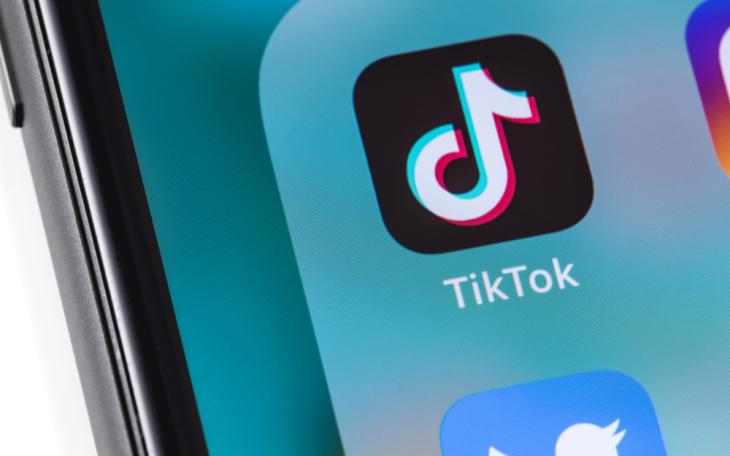The new era of Teams and TikTok? The post-lockdown digital winners and losers

By Tom Flynn, Digital
The UK’s Covid lockdown was responsible for a huge shift in online behaviour – from video conferencing to TV streaming services, the uptake was unprecedented as people rushed to adapt to new ways of working or found themselves furloughed but unable to leave the house.
But what happened after lockdown started to ease? As you might expect, the initial lifting of some restrictions in May led to a reduction in time spent online across all age groups when compared to the April peak. But Ofsted/Comscore research released in late August shows that time online was nowhere near returning to pre-pandemic levels by the end of June, and for younger consumers (18-24 and 25-34) had only slightly reduced by an average of a couple of minutes per day.
As browsing habits have changed, there have been some clear winners. Facebook’s slow but steady growth this year may not look impressive but they’ve added another 800,000 to their UK user base despite a slight decline at the start of the outbreak. Pinterest has seen remarkable growth of 2.6 million users. And, of course, TikTok has been the runaway success story in social media this year. Instagram’s flatlining user base may look bleak but it’s reliance on strong visual imagery meant that it was unlikely to grow in lockdown – who wants to see pictures of people sitting at home on a platform that thrives on holiday snaps and glamorous locations? It will bounce back if travel and leisure time starts to return to normality over the coming months. The big loser is Snapchat which has declined steadily throughout. Interestingly, TikTok has gained millions more users than Snapchat has lost – a further blow that suggests there was a larger market for this kind of app which Snapchat failed to tap into.
Zoom is the success story that first comes to mind when considering the boom in video calling over the past few months. But Teams has continued to grow post-lockdown, likely because its integration with other Microsoft products makes it a convenient tool for office and home office beyond its videoconferencing capabilities.
With the next figures due out in a couple of weeks, it will be interesting to see whether the second phase of easing lockdown has changed the picture once more – July was the month when bars and restaurants re-opened their doors.








